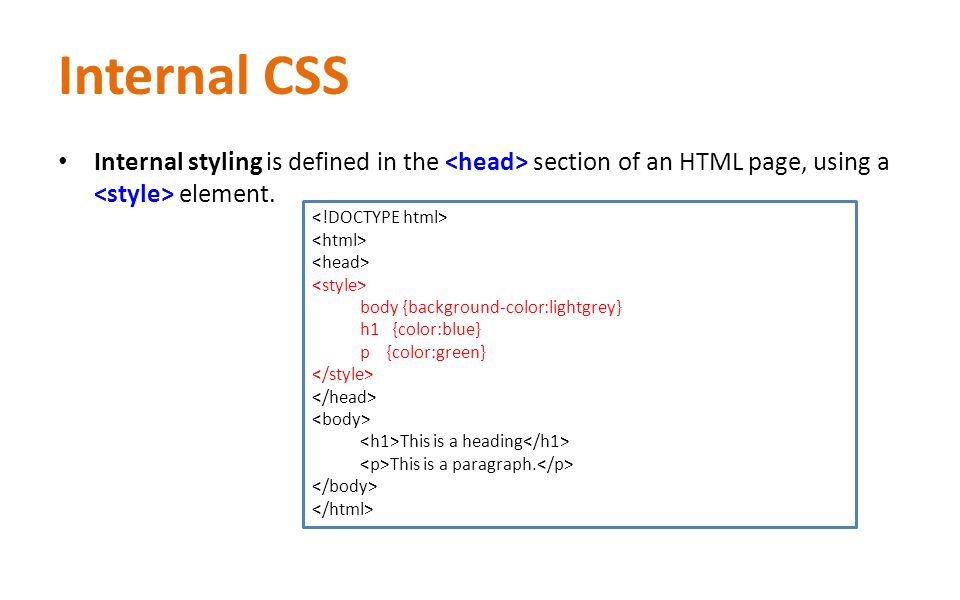CSS Transforms
CSS transforms allow you to translate, rotate, scale, and skew elements.
A transformation is an effect that lets an element change shape, size and position.
CSS supports 2D and 3D transformations.
Mouse over the elements below to see the difference between a 2D and a 3D transformation:

CSS 2D Transforms
In this chapter you will learn about the following 2D transformation methods:
translate()rotate()scale()skewX()skewY()matrix()
Tip: You will learn about 3D transformations in the next chapter.
The translate() Method

The translate() method moves an element from its current position (according to the parameters given for the X-axis and the Y-axis).
The following example moves the <div> element 50 pixels to the right, and 100 pixels down from its current position:
Example
div {
-ms-transform: translate(50px, 100px); /* IE 9 */
-webkit-transform: translate(50px, 100px); /* Safari */
transform: translate(50px, 100px);
}
The rotate() Method

The rotate() method rotates an element clockwise or counter-clockwise according to a given degree.
The following example rotates the <div> element clockwise with 20 degrees:
Example
div {
-ms-transform: rotate(20deg); /* IE 9 */
-webkit-transform: rotate(20deg); /* Safari */
transform: rotate(20deg);
}
Using negative values will rotate the element counter-clockwise.
The following example rotates the <div> element counter-clockwise with 20 degrees:
Example
div {
-ms-transform: rotate(-20deg); /* IE 9 */
-webkit-transform: rotate(-20deg); /* Safari */
transform: rotate(-20deg);
}
The scale() Method

The scale() method increases or decreases the size of an element (according to the parameters given for the width and height).
The following example increases the <div> element to be two times of its original width, and three times of its original height:
Example
div {
-ms-transform: scale(2, 3); /* IE 9 */
-webkit-transform: scale(2, 3); /* Safari */
transform: scale(2, 3);
}
The following example decreases the <div> element to be half of its original width and height:
Example
div {
-ms-transform: scale(0.5, 0.5); /* IE 9 */
-webkit-transform: scale(0.5, 0.5); /* Safari */
transform: scale(0.5, 0.5);
}
The skewX() Method
The skewX() method skews an element along the X-axis by the given angle.
The following example skews the <div> element 20 degrees along the X-axis:
Example
div {
-ms-transform: skewX(20deg); /* IE 9 */
-webkit-transform: skewX(20deg); /* Safari */
transform: skewX(20deg);
}
The skewY() Method
The skewY() method skews an element along the Y-axis by the given angle.
The following example skews the <div> element 20 degrees along the Y-axis:
Example
div {
-ms-transform: skewY(20deg); /* IE 9 */
-webkit-transform: skewY(20deg); /* Safari */
transform: skewY(20deg);
}
The skew() Method
The skew() method skews an element along the X and Y-axis by the given angles.
The following example skews the <div> element 20 degrees along the X-axis, and 10 degrees along the Y-axis:
Example
div {
-ms-transform: skew(20deg, 10deg); /* IE 9 */
-webkit-transform: skew(20deg, 10deg); /* Safari */
transform: skew(20deg, 10deg);
}
If the second parameter is not specified, it has a zero value. So, the following example skews the <div> element 20 degrees along the X-axis:
Example
div {
-ms-transform: skew(20deg); /* IE 9 */
-webkit-transform: skew(20deg); /* Safari */
transform: skew(20deg);
}
The matrix() Method

The matrix() method combines all the 2D transform methods into one.
The matrix() method take six parameters, containing mathematic functions, which allows you to rotate, scale, move (translate), and skew elements.
The parameters are as follow: matrix(scaleX(),skewY(),skewX(),scaleY(),translateX(),translateY())
Example
div {
-ms-transform: matrix(1, -0.3, 0, 1, 0, 0); /* IE 9 */
-webkit-transform: matrix(1, -0.3, 0, 1, 0, 0); /* Safari */
transform: matrix(1, -0.3, 0, 1, 0, 0);
}







Leave A Comment